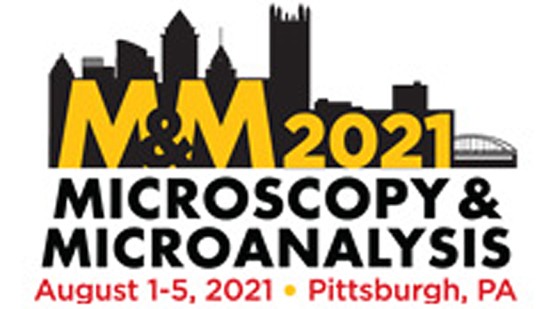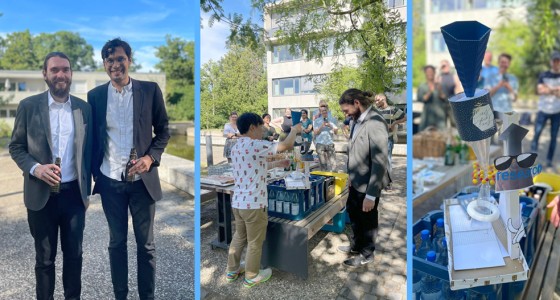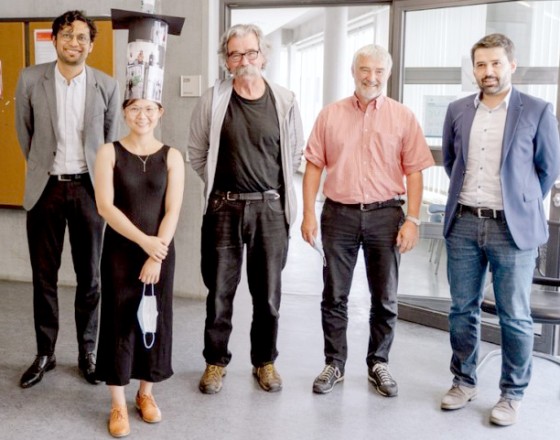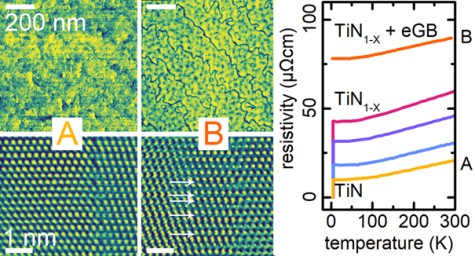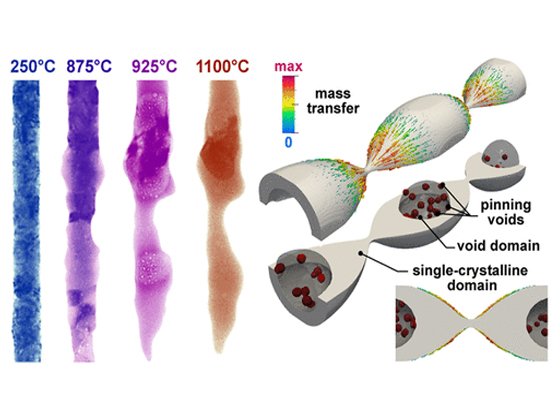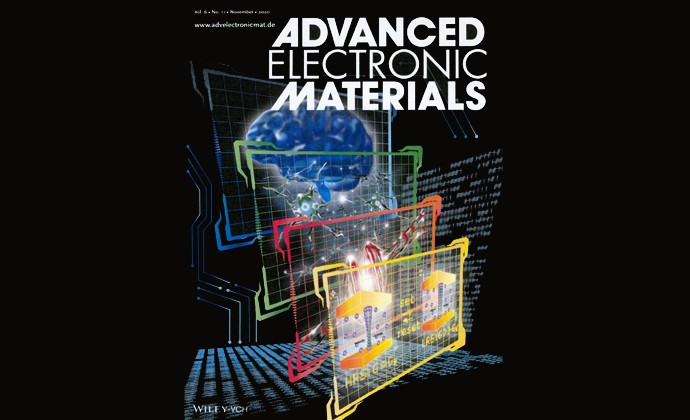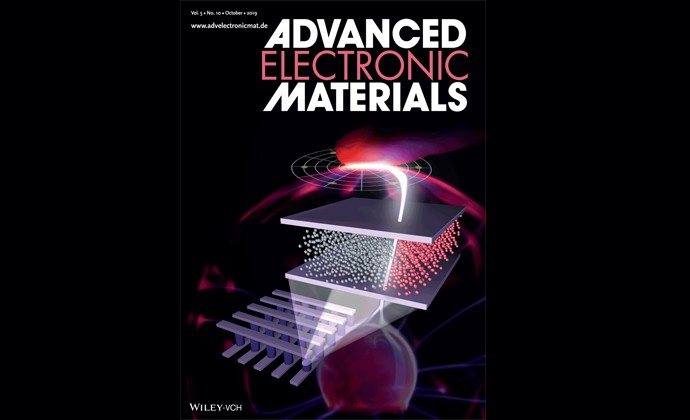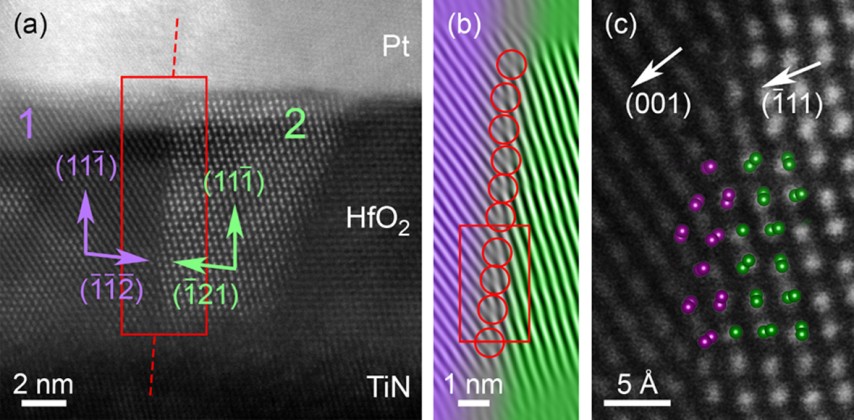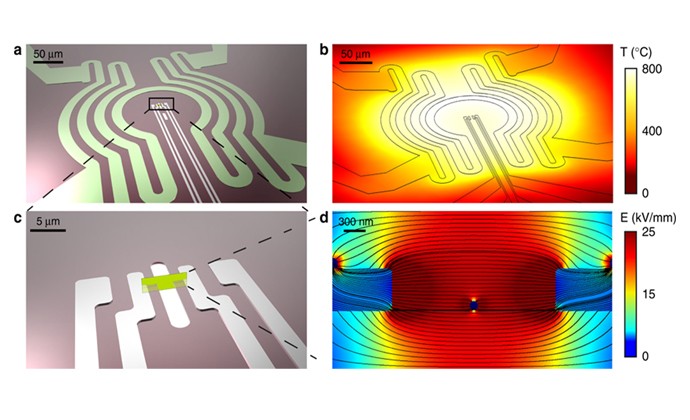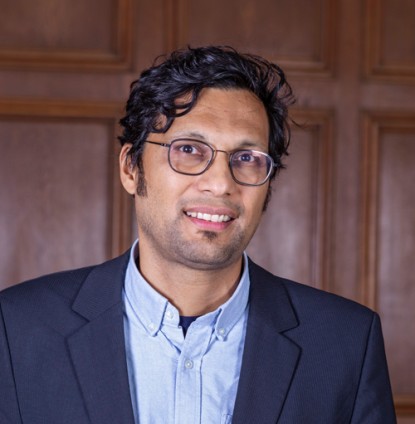FG Advanced Electron Microscopy
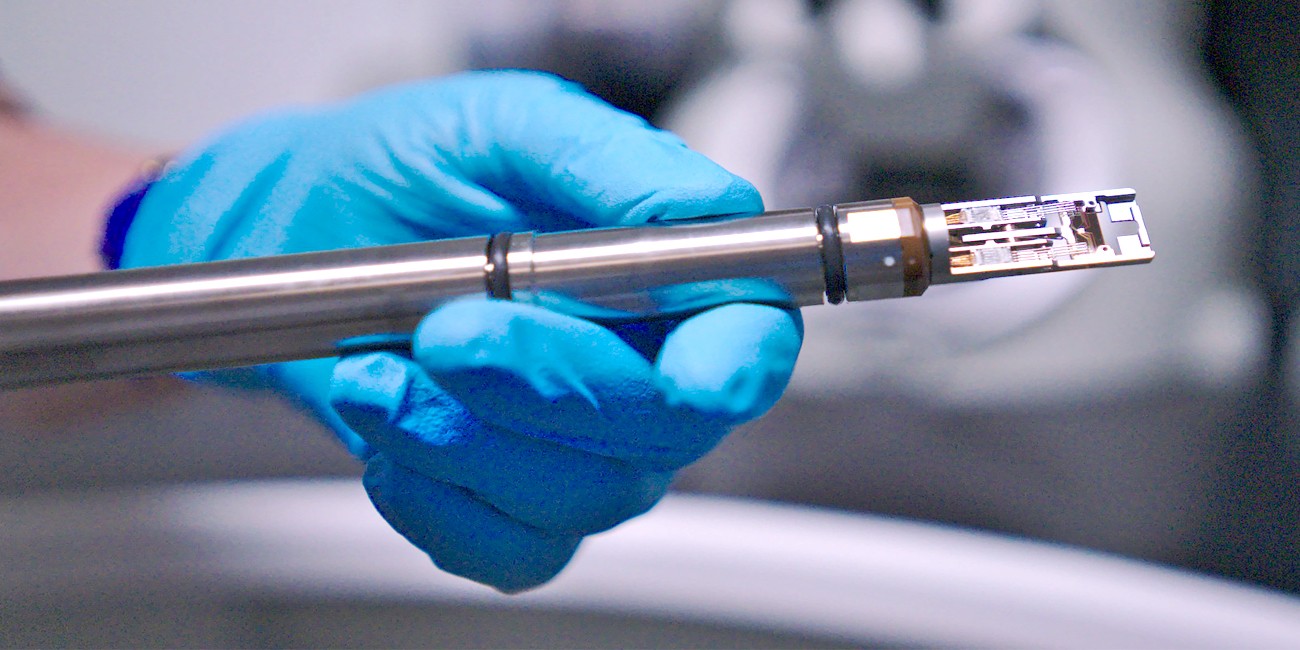
MEMS-based In-situ TEM holder
Current Highlights
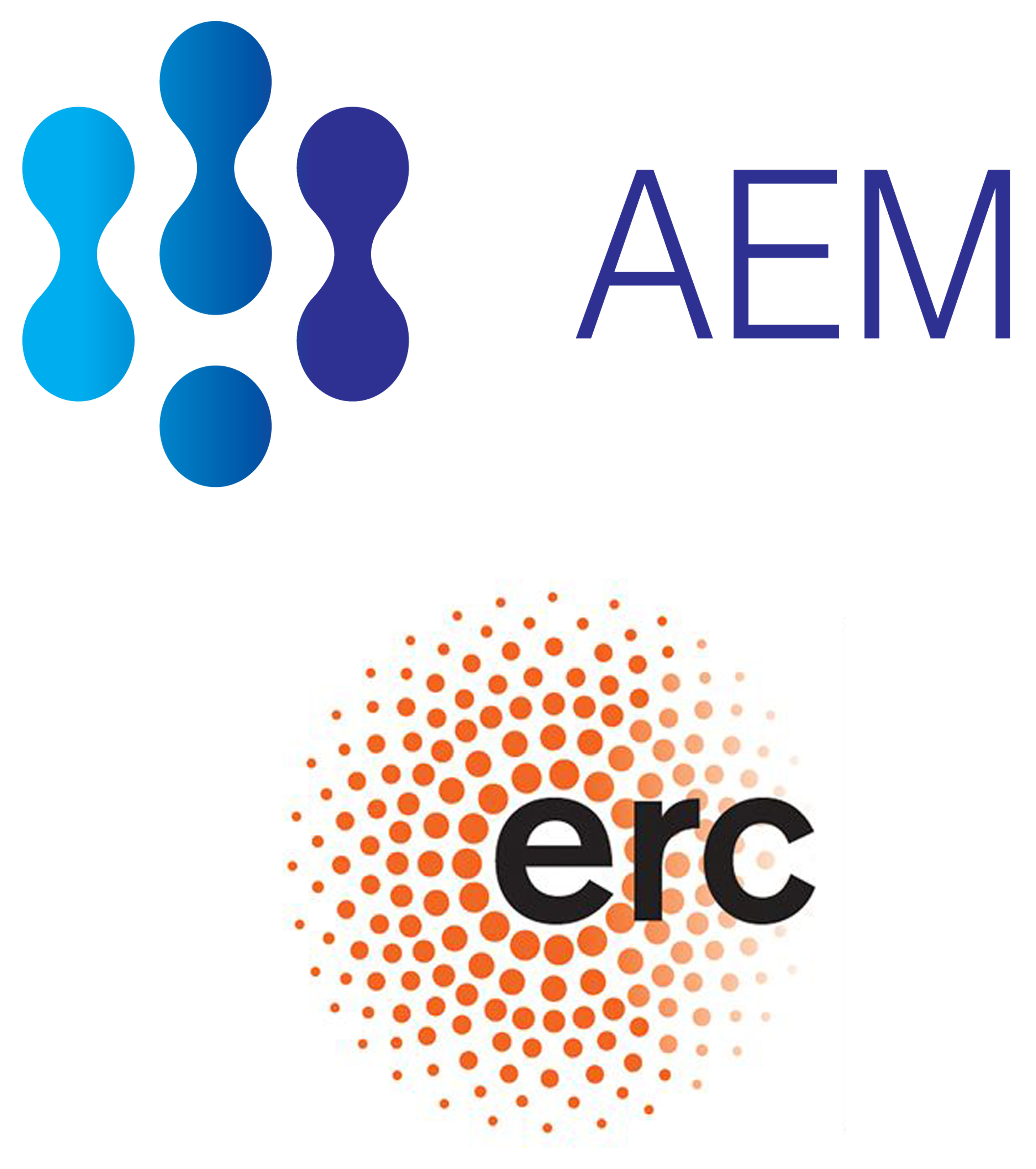
2024 MRS Fall Meeting & Exhibit
Call for Papers
Prof. Molina-Luna is co- organizer for Symposium CH07-Cryogenic Electron Microscopy and Correlative Characterization Techniques for Quantum and Energy Materials Research
2023 MRS Spring Meeting & Exhibit
Call for Papers
Prof. Molina-Luna is co- organizer for Symposium CH02-Advances in Cryogenic Transmission Electron Microscopy and Spectroscopy for Quantum and Energy Materials
Congratulations to Dr. rer. nat. Alexander Zintler for his succesful PhD graduation!
On 04.07.2022 Alexander Zintler successfully defended his Thesis
“Investigating the influence of microstructure and grain boundaries on electric properties in thin film oxide RRAM devices – A component specific approach”
DOI: 10.26083/tuprints-00021657
The doctoral supervisor was Prof. Dr. Leopoldo Molina-Luna Molina-Luna and the 2nd examiner Prof. Dr. Lambert Alff
We congratulate Hui Ding on her succesful PhD graduation!
Hui Ding is a PhD student at Prof. Dr. Hans-Joachim Kleebe's research group Geomaterial Science and at Prof. Dr. Leopoldo Molina-Luna's research group AEM. She is also a member of the LOEWE project FLAME.
We wish her all the best for her future!
In-situ/Operando TEM Techniques
for Advanced Nanomaterial Characterization Workshop
Prof. Molina-Luna is an invited speaker at the In-situ/Operando TEM Techniques for Advanced Nanomaterial Characterization Workshop of the Canadian Center for Electron Microscopy
https://ccem.mcmaster.ca/events/in-situ-operando-tem-techniques-for-advanced-nanomaterial-characterization-workshop/ link
Collaborative study
Our collaborative study between the groups of Advanced Electron Microscopy (AEM), Advanced Thin Film Technology (ATFT) and Physical Metallurgy (PhM) investigates the influence of nitrogen deficiency on presence and type of grain boundaries in superconducting Titanium Nitride thin films. Zintler et. al. performed the study within the ERC starting grant FOXON and the ECSEL Joint Undertaking project StorAIge. The results will be published in the journal ACS Omega.
URLs
AEM: https://www.mawi.tu-darmstadt.de/aem/ aem
ATFT: https://www.mawi.tu-darmstadt.de/ds/ ds
PhM: https://www.mawi.tu-darmstadt.de/phm/ phm
StorAlge: https://www.elektronikforschung.de/projekte/storaigeStorAIge
StorAIge: FOXON: https://cordis.europa.eu/project/id/805359/deFOXON
ACS Omega: https://pubs.acs.org/journal/acsodfascodf
MRS 2022 Spring Meeting
Call for Papers
Prof. Molina-Luna is the lead organizer for Symposium CH03—Advances in In Situ and Operando TEM Methods for the Study of Dynamic Processes in Materials
MRS 2021 Virtual Spring Meeting & Exhibit, April 17 – 23, 2021
Professor Leopoldo Molina-Luna will be chairing sessions CT02.01: Structural Evolution and Structure-Property Correlation and CT02.02: Phase Transformation and Structure-Property Correlation of Symposium CT02 : In Situ TEM Characterization of Dynamic Processes During Materials Synthesis and Processing at the next MRS Spring 2021 Meeting. link

MIT-Germany Lockheed Martin Seed Fund for Professor Molina-Luna
08 December 2020
TU Professor Leopoldo Molina-Luna from the Department of Materials and Geosciences is being funded by the MIT-Germany Lockheed Martin Seed Fund 2019/2020 with 22,000 US dollars for his project “Investigation of Oxygen Diffusion in HfO2 Based Memristive Devices by Using iDPC STEM”. The Seed Fund was first announced in 2019 and supports research projects between MIT scientists and German, mostly technical, universities. A total of five projects from Germany were funded, including the project of Professor Molina-Luna. He is collaborating with an MIT working group in the Department of Materials Science and Engineering (DMSE). The project started this year and will be extended until 2022 due to the current corona pandemic. It deals with a new method to image light elements on the atomic level. mho
Co-Organization of Symposium P10 for M&M 2021 in Pittsburgh from August 1-5, 2021, titled “Investigating Phase Transitions in Functional Materials and Devices by In Situ / Operando TEM.”
ORGANIZERS:
Michele Conroy, University of Limerick
Trevor Almeida, University of Glasgow
Leopoldo Molina-Luna, TU Darmstadt
Judy Cha, Yale
The possibility to control phase transitions in functional materials and devices within the TEM provides fundamental insight into dynamic, localised processes that were previously inaccessible. The development of in-situ TEM capabilities (heating, biasing, cooling, magnetic fields, etc.) and their combination with advanced TEM techniques (phase-related, spectroscopy, 4D-STEM etc.) enables operando studies to characterize the physical properties of materials at the highest resolution while simultaneously measuring their functional performance. These innovative investigations provide a wealth of information that opens a plethora of opportunities to study functional materials and devices in a range of new applications. This proposed symposium invites in-situ (S)TEM experiments that utilise not only applied stimulus via in-situ TEM holders, but also controlled electron-beam-induced transitions. The main goal is to bring together experimental and theoretical TEM researchers that employ a range of in-situ/operando methods to understand the fundamental physics governing the nano- to atomic-scale phase transitions of functional materials and devices.
